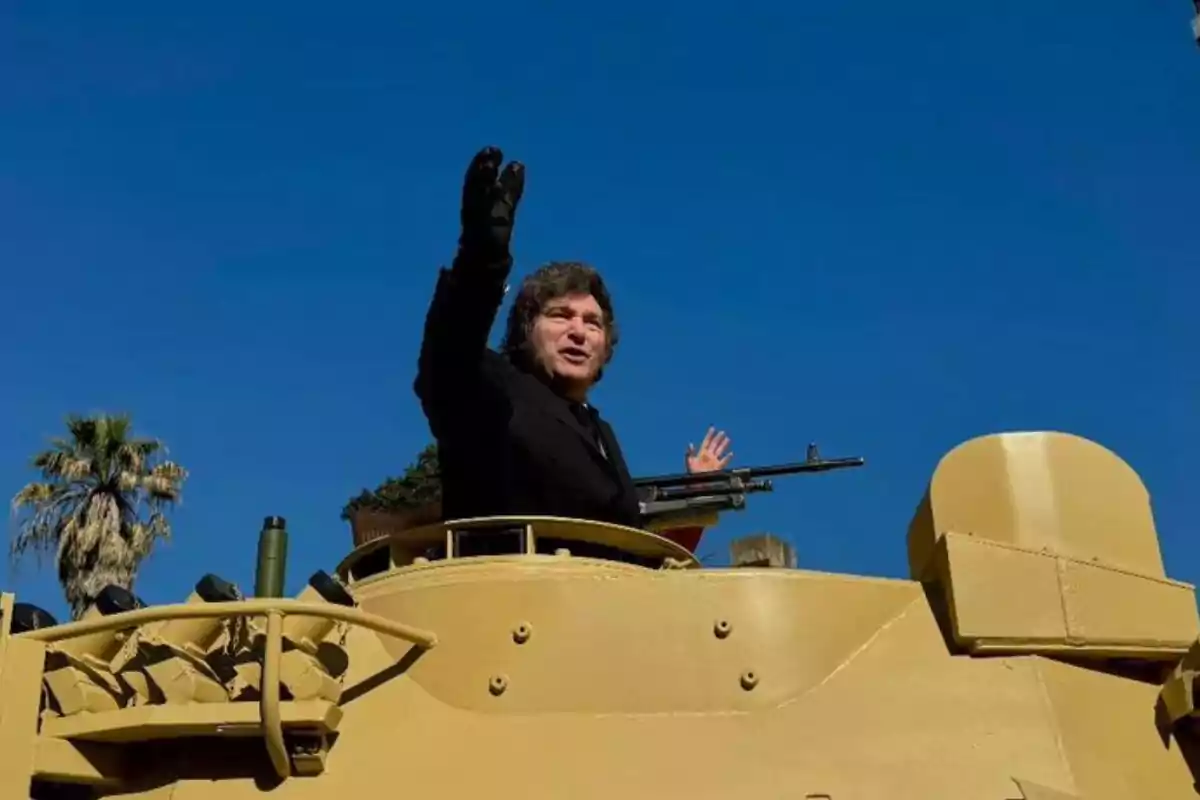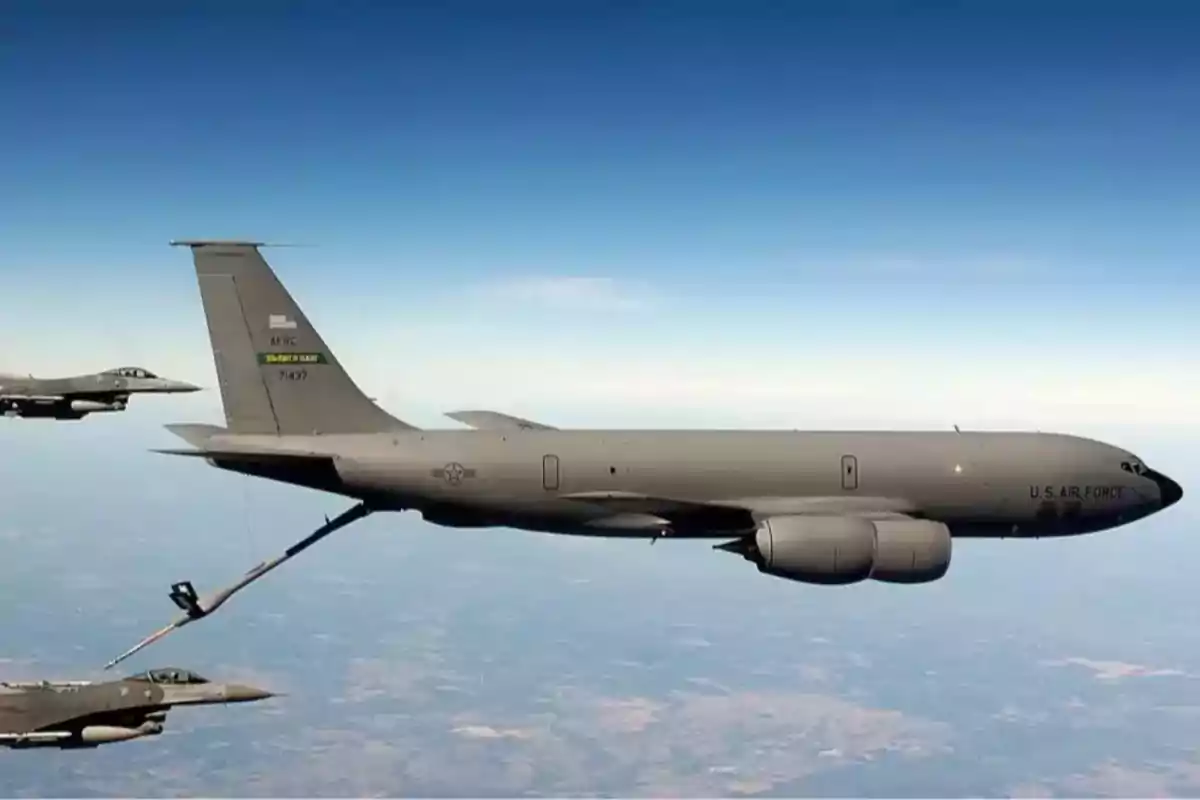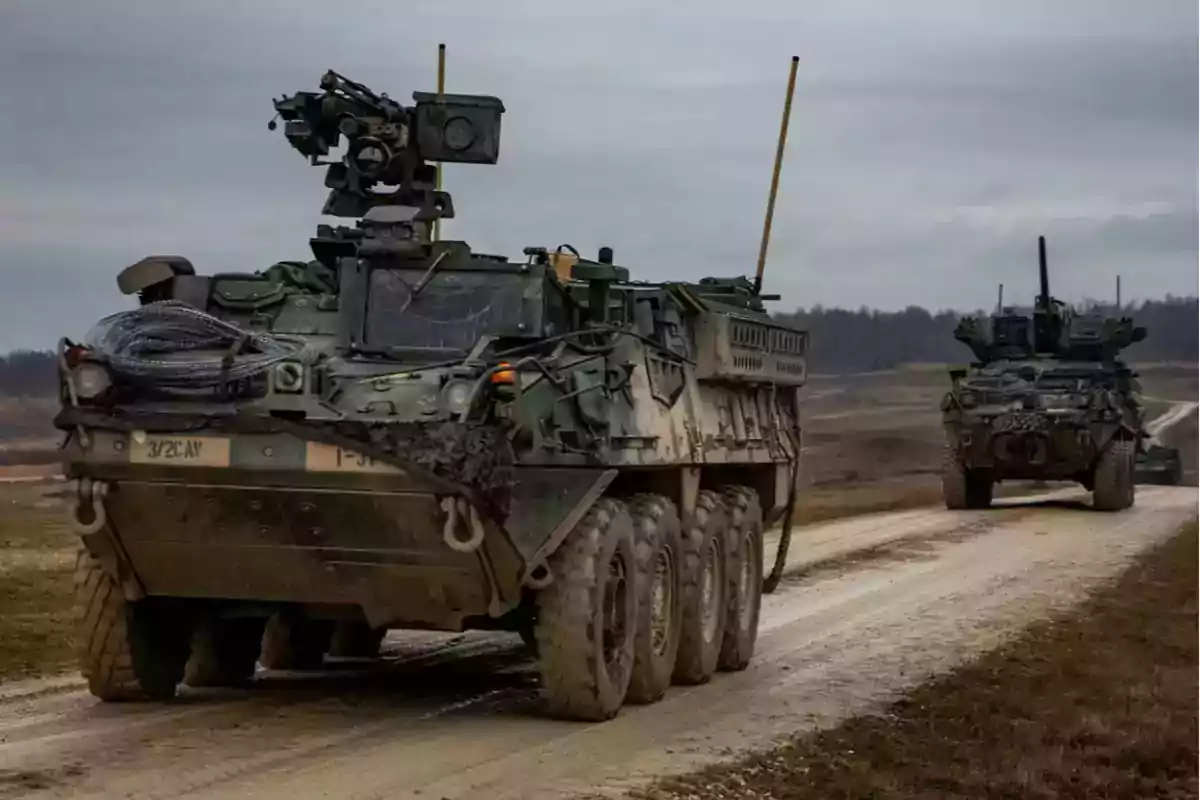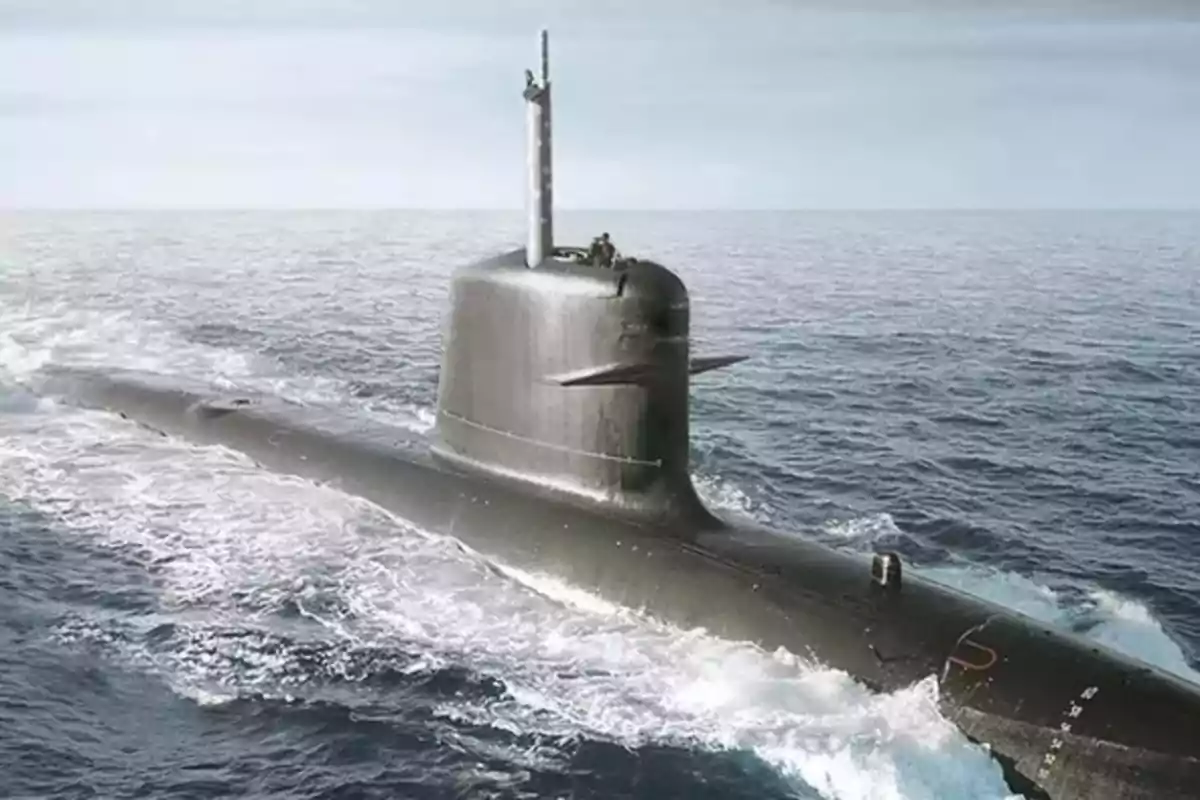
What could Argentina have bought with YPF's USD 16,000 million
The disastrous Axel Kicillof cost all Argentinians a fully equipped army
The ruling by U.S. judge Loretta Preska against the Argentine State for the irregular expropriation of YPF in 2012 has once again brought to the table the enormous cost that Kirchnerist populism continues to generate for all Argentines. The sum of USD 16 billion represents much more than a judicial debt: it is the direct result of an irresponsible political decision, executed without technical, legal, or institutional criteria by then Minister of Economy Axel Kicillof, who is now governor of the Province of Buenos Aires.
The court decision orders the country to hand over 51% of YPF shares to the funds Burford Capital and Bainbridge, who purchased the bankruptcy of Grupo Petersen, the holding of the Eskenazi —close associates of Kirchnerism— who were favored in their entry into YPF with an unprecedented "crony socialism" model.

But what could Argentina have done with those 16 billion dollars if they hadn't been squandered on a poorly executed expropriation? The equivalent of:
5,330 Stryker combat vehicles
20 Scorpène submarines
5,330,000 rifles with accessories
35 Boeing E-3 Sentry aircraft
60 F-16 Block 70 fighter jets
246 KC-135R military aircraft
23 multipurpose frigates
266 LPD amphibious ships
46 integrated naval bases
89,000 Unimog 4000 military trucks
A strategic defense package:
600 Stryker vehicles
3 Scorpène submarines
100,000 rifles
74 TAM tanks
3 Boeing E-3 aircraft
12 F-16 fighter jets
7 KC-135R aircraft
5 frigates
2 LPD ships
1 integrated military base
3,000 Unimog trucks
1 Petrel base
1 missile battery
17 Black Hawk helicopters
All of that was mortgaged by an operation designed between official offices and family deals.

Axel Kicillof: "I'm not a specialist in this."
Axel Kicillof was the intellectual and political author of the expropriation of YPF, a decision he publicly defended in a remarkable press conference after the ruling was announced. In a strident tone, he described Preska's decision as "an aggression against sovereignty" and a "legal absurdity", but he was candid with an alarming statement: "I'm not a specialist in this, but the power to expropriate is above a company's bylaws."

The history of this financial disaster dates back to 2008, when Grupo Petersen —with no experience in the energy sector and without investing a single dollar— acquired 14.9% of YPF shares thanks to the political backing of Néstor Kirchner and financing from Repsol itself. In 2011, they added an additional 10%, all with external loans guaranteed by the company's own dividends.
When Cristina Kirchner decided to nationalize YPF in 2012, she did so without respecting the legal steps established by the company's bylaws. This opened the door to multimillion-dollar international lawsuits. Burford Capital purchased Petersen's bankruptcy and is now successfully litigating against the Argentine State.
More posts: